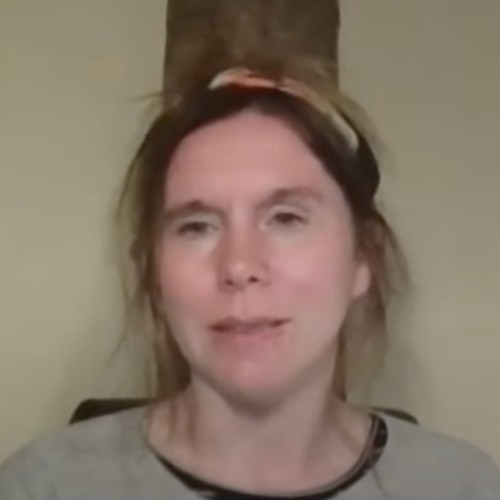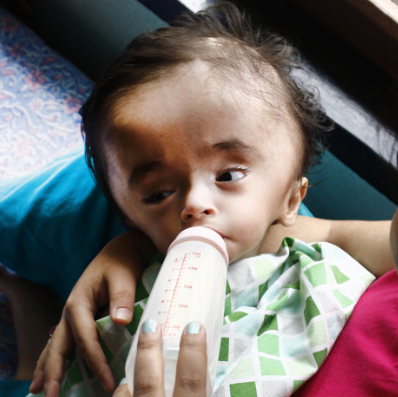On Monday, January 19, 2004, my husband Jerry Carswell entered the emergency room and was quickly diagnosed with a kidney stone. He was given multiple injections of morphine and Dilaudid to relieve the intense pain. Later that day, he was admitted for observation and further tests. The physician began an aggressive regimen of additional narcotics and Toradol by IV to control the pain.
Jerry’s hospital stay was prolonged by an elevated creatinine level, which his physician thought was discontinued. Jerry continued to receive other pain medication. His pain was moderate and he was scheduled to go home Thursday if lab results tests showed that his creatinine levels were returning to normal. But Jerry never left the hospital.
I received a call around 6:00 Thursday morning: “Your husband had an emergency. Can you come to the hospital?” When I asked for details, the nurse simply asked how long it would take for me to get there.
When I arrived, a nurse guided me to an empty patient room. With her was a young woman I had not seen before. She looked at me and said, “Your husband is dead.” The nurse added, “He died peacefully in his sleep. You can take comfort in that.”
My shock was so complete that I could not process their words. I turned and ran to Jerry’s room – I tried to wake him – tried shaking him – and finally collapsed in screams and sobs. The nurse stood in the doorway: “Doesn’t he look like he is just sleeping? He looks so peaceful, doesn’t he?”
I got no answers to my questions. The young woman who had announced Jerry’s death was gone. I later learned that she was the new, inexperienced on-call physician for the urology group. The charge nurse would not supply any information or details. She just kept saying Jerry had died “peacefully.”
After Jerry’s funeral, I ordered his medical records and learned that he had been found lying “unresponsive” across the end of this bed by the phlebotomist who had come to draw blood at 5:15 a.m. The code team worked for 25 minutes and administered repeated doses of Narcan, a drug used to reverse drug overdose. These startling facts were in direct contrast to the “peaceful death” described to me by hospital employees.
We learned that at 3:30 a.m. Jerry had been give 75 mg of Demerol with 25 mg of Phenergan, injected intravenously all at once. No vital signs had been recorded in his chart before or after, and no one went back into his room to check his reaction after this concentrated dose of narcotics. The LVN who administered the drugs later stated she did not understand that Phenergan enhanced the effect of Demerol on the respiratory system. When she spoke with the on-call urologist at 3:30 a.m. she did not mention the pain medications Jerry already had in his system.
I asked for an autopsy by an independent pathologist or the county medical examiner. I was told that the on-call physician had requested a hospital autopsy that would be “the same” as one done by an independent pathologist. Too late I learned that, unlike a medical examiner or independent pathologist, a hospital pathologist does not investigate a possible drug overdose. The hospital pathologist did not determine a cause of death. In a sworn statement, he stated that as a hospital pathologist who had performed over 1000 autopsies, he had never done a drug panel to screen for possible medical errors. Three years later, we learned that Jerry’s heart had been retained by the hospital pathologist without my knowledge or consent. We are still attempting to gain possession so I can bury his heart and finally put my husband to rest.







